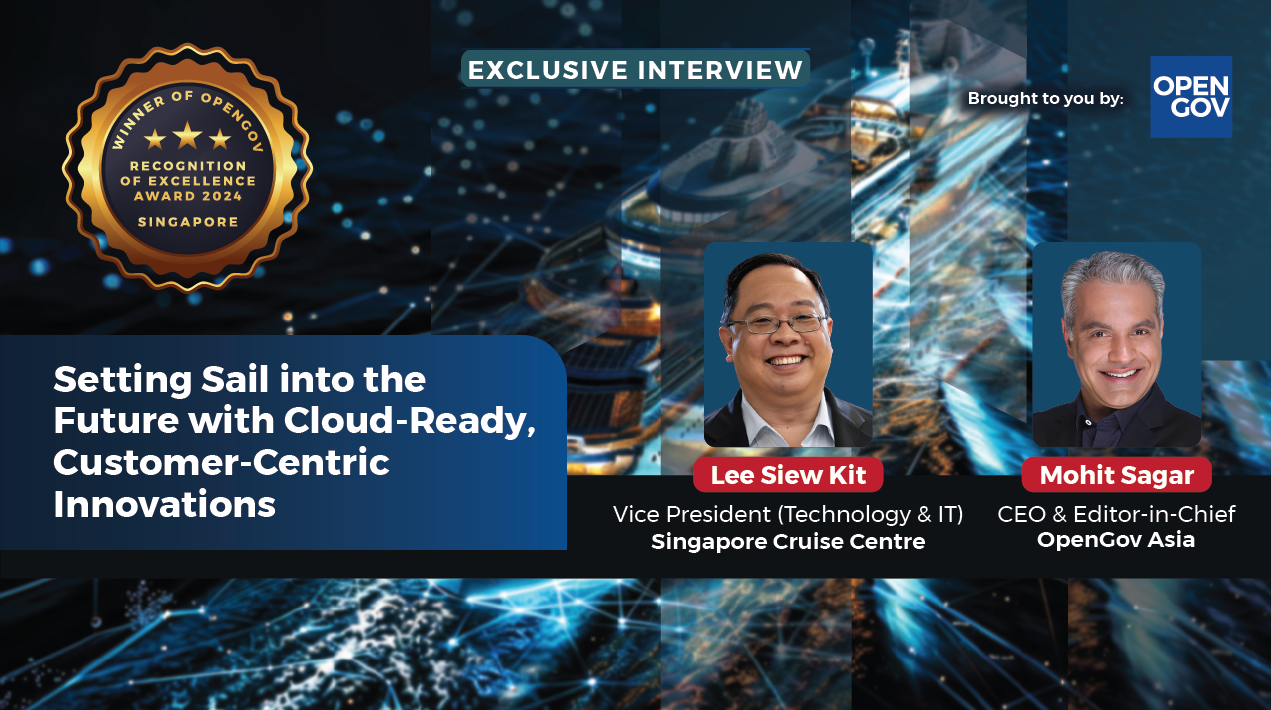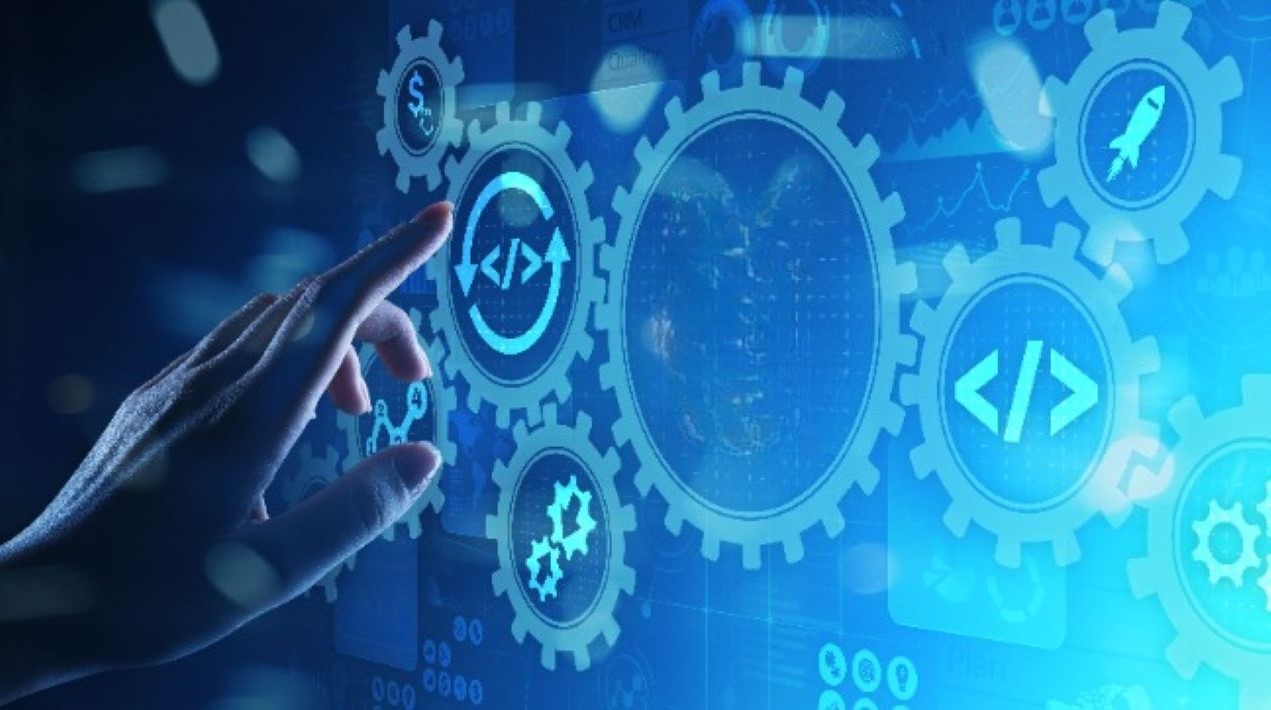
The Maritime and Port Authority of Singapore (MPA) and the Singapore Maritime Institute (SMI) have awarded funding to three consortiums and comprising a total of 30 enterprises and research institutions, to research, design, build and operate a fully electric harbour craft over the next five years.
These electrification pilot projects will demonstrate both commercial and technical viability of specific use cases for full-electric harbour craft and will support Singapore’s broader plans to mitigate greenhouse gas (GHG) emissions by the maritime transport sector.
Singapore has 1,600 licensed diesel-powered harbour craft that provides services such as the transport of personnel and supplies, to ships calling at the port. The funding for these projects will enable various technologies and charging infrastructures to be studied, test bedded and deployed across different types of harbour craft and operating profiles, through use cases proposed by the consortiums. The use cases involve two passenger ferries of different capacities and a lighter craft.
By bringing together industry and academia, innovative and commercially viable solutions can be developed to support the deployment of electric harbour craft in Singapore. Beyond the technologies and solutions, new business models will also be developed by the consortiums to enable the wider adoption of electric harbour craft.
MPA and SMI had launched the joint call for proposals on the electrification of harbour craft in September 2020 after a series of workshops with the industry. The call for proposals drew strong interest from the maritime community with 73 maritime companies and 10 institutes of higher learning and research institutes submitting a total of 16 proposals.
These proposals were evaluated based on their potential technical, operational and commercial viability, as well as the strength of local capability development. The three selected proposals, adopting either new build or retrofit strategies, will tap on MPA’s Maritime GreenFuture Fund for the research, testing and piloting of low-carbon technologies.
Senior Minister of State for Transport said, that to build a sustainable hub port, they plan for the 1,600 harbour craft operating in our waters to run on low-carbon fuels. One possible solution is the electrification of our harbour craft fleet, which reduces carbon emissions and has zero pollution.
As the maritime sector adopts cleaner energy solutions, there is an increasing demand for electric-powered marine vessels and sustainable charging infrastructure. MPA will capture opportunities brought about by the global energy transition.
Electrification of Harbour Crafts is critical for the multi-pronged initiatives by MPA in the journey of maritime decarbonisation. One of the fastest ways for the Port of Singapore to transit to net-zero carbon emissions is to allow Singapore’s harbour craft segment to benefit from it. MPA, SMI, and other industry partners will be working closely to develop electric vessels and their charging solutions and to co-create an innovation-led ecosystem for marine electrification.
MPA was established with the mission to develop Singapore as a premier global hub port and international maritime centre (IMC) and to advance and safeguard Singapore’s strategic maritime interests. MPA is the driving force behind Singapore’s port and maritime development.
SMI develops strategies and programmes to achieve its mission with key focus areas in sectors such as port, shipping and maritime services. SMI charts the maritime research strategy and promotes greater industry-academia research and development (R&D) collaborations to be undertaken in Singapore.
Singapore is one of the leading international trading hubs and is recognised as a leader in the global maritime sector. As reported by OpenGov Asia, has been focusing on digitalisation to help companies innovate and improve productivity over the past few years and they have had major success which can be attributed to the government’s pro-business policies, their industry transformation map and their strong drive for and investment in innovation and technology solutions.
The Maritime Innovation and Technology (MINT) Fund was set up to develop Singapore as a centre of excellence for maritime R&D and technology solutions. Since 2003, MPA has allocated a total of $265 million to the MINT Fund to accelerate industry technological innovation and capability development, and the fund has supported more than 350 industry projects.
















